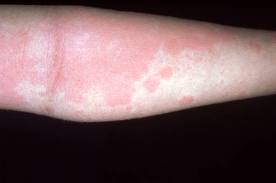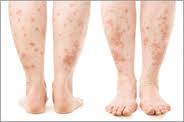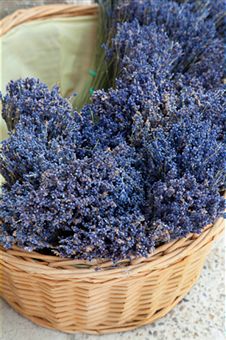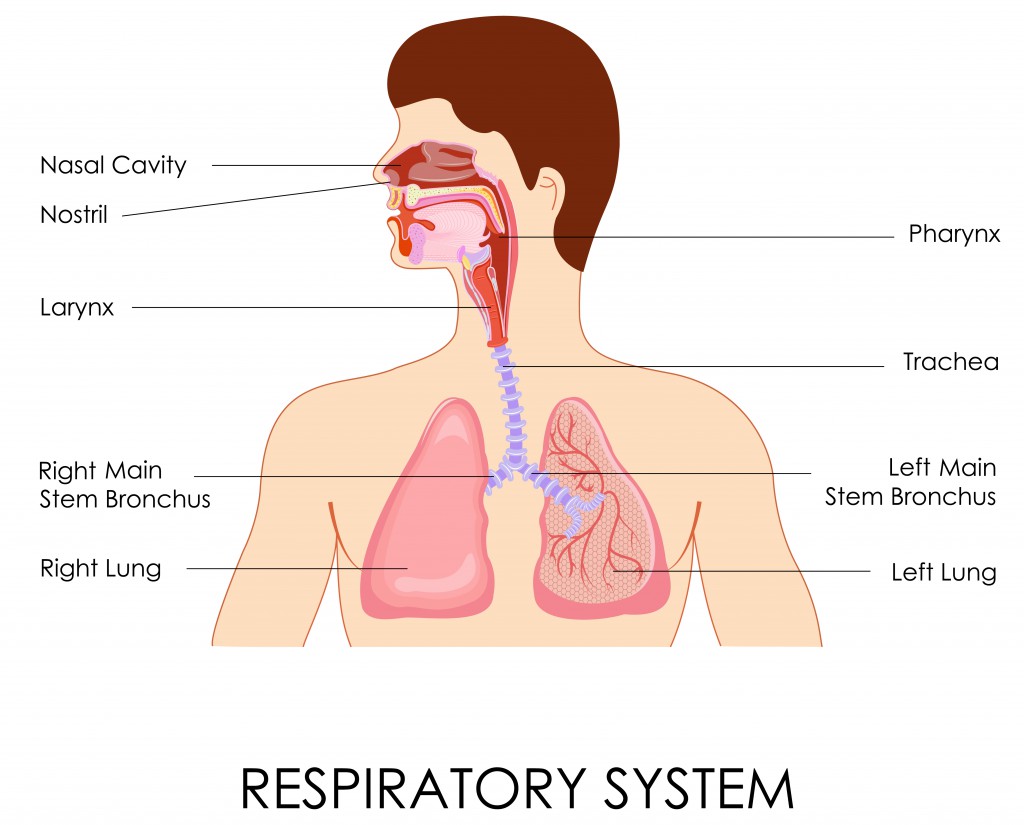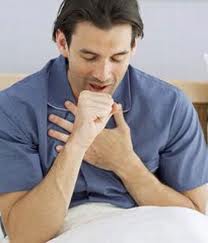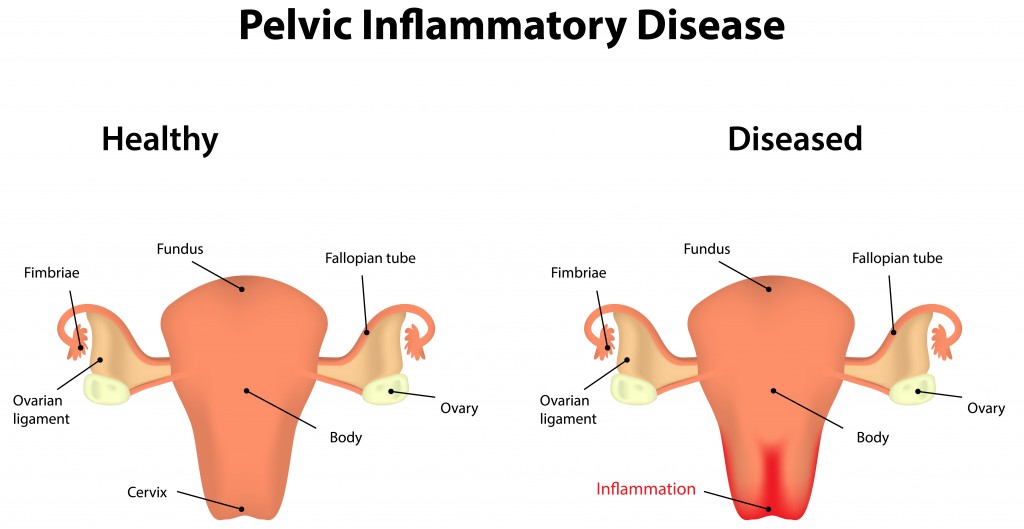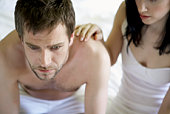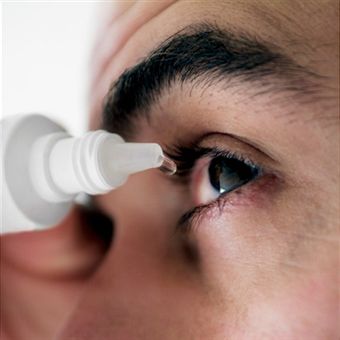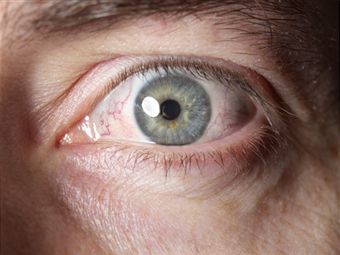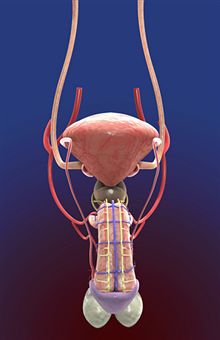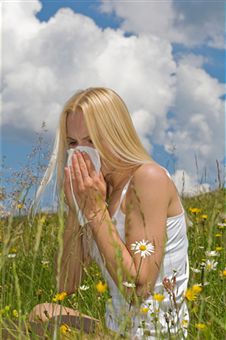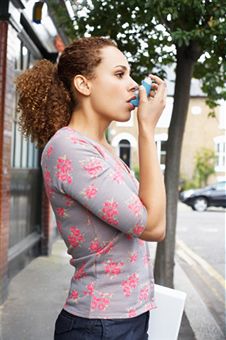As a new mother, there is distinct research making the case for nurturing the breastfeeding relationship between you and your baby. However, what many women do not hear is the pitfalls and complications that can arise, threatening this precious time with your baby.
One of the most common problems that breastfeeding moms face is blocked milk ducts. If left untreated, this condition can interfere with your milk supply and cause you to give up on these most critical months with your baby. Luckily, the symptoms can be caught early and there are many effective treatments that can be used to cure this condition.
Alternative Names
A blocked milk duct is often either referred to as, or mistaken for, mastitis. Mastitis is a breast infection that affects more than just a localized area. In contrast, a blocked milk duct is often confined to a specific area and is less severe. However, blocked ducts can worsen and quickly become the cause of full-blown mastitis, so care should be taken and treatments are either identical or similar.
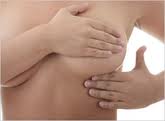
Symptoms
The symptoms of a blocked milk duct are easy to recognize, especially if you have already had experience with this condition. For a minor incidence, expect to feel a localized pain and swelling. Many women indicate that this feels much like the initial engorgement of breastfeeding, but the tenderness only affects the specific area. It’s also not uncommon to see a thicker milk discharge, especially when you expressing milk from the affected breast.
Finally, you may notice that your breast isn’t releasing the stored milk as effectively, indicating that you may have clogged nipple openings. Expect to feel your symptoms worsen when your breasts are full and to have them lessen as your baby empties the area with a good feeding. Some women experience a low-grade fever, though this is more likely if the condition has developed into mastitis.
Causes
Breastfeeding health is not an area where many doctors or research facilities have spent a good deal of time and money. However, with the increased interest in the importance of the breastfeeding relationship, professionals such as midwives, doulas and lactation specialists have focused in this area heavily. In addition, the millions of breastfeeding moms have thrown in their own expertise to help fellow breastfeeding mothers receive the support and education that is necessary to succeed with this important endeavor.
When it comes to the most common causes of a blocked milk duct, the usual culprits are related to the habits surrounding your breastfeeding relationship. For example, if you aren’t feeding your baby as frequently as you should be, there is a higher chance that milk will sit in the ducts, developing into a clog.
After the initial adjustment period of a new breastfeeding relationship, you shouldn’t experience excessive fullness on a regular basis. If you are, try feeding your baby more often. It’s perfectly normal for a newborn to feed as frequently as every hour, with older babies needing feedings every two to three hours. You should also ensure that you are emptying each breast as fully as possible. Many mothers feed on only one side at a time, in order to more fully empty the breast, as well as ensure that the baby is getting the calorie-rich hindmilk that is so essential for proper growth and development.
There are other causes for blocked milk ducts. These situations can all be contributing factors:
- Pacifier dependency
- Poor sleeping positions, causing excessive pressure on the breast
- Stress
- Lowered immunity
- Sudden weaning or reduction in feeding
- Breastfeeding twins
- Pressure from ill-fitting clothing, such as bras
- Allergy
- Yeast infection
- Exposure to cold
- Overabundant milk supply
- Cracked nipples, causing reluctance to feed due to pain
- Genetic disposition
Risk Factors
While blocked milk ducts can be painful and difficult to deal with, they aren’t extremely serious to the mother. The biggest problem that this condition creates is the tendency for inexperienced mothers to become discouraged and wean their baby to a bottle. This is especially concerning because many cases of blocked ducts occur early in the breastfeeding relationship.
Experts are now recommending that exclusive breastfeeding be continued until your baby is six months of age in order to give your baby the best start. If discouragement from blocked milk ducts sets in, this could interfere with this critical developmental stage. In addition, blocked ducts that are not treated right away can become mastitis, which is a more systemic infection with more serious complications.
Prevention Tips
The absolute best way to avoid dealing with blocked milk ducts is to focus heavily on prevention. When you know what the potential causes are, you can work actively to avoid having these impact your breastfeeding relationship negatively. Take the following prevention steps:
- Feed your baby frequently.
- Empty breasts completely at each feeding.
- Avoid tight clothing or anything that is pressing against your breast area.
- Get plenty of rest.
- Drink enough fluids, favoring clean, fresh water over soda, juice or coffee.
- If you must return to work, make a reasonable schedule for pumping excess milk.
- Eat a balanced diet to increase overall immune function.
- Bundle up when exposed to cold.
Test and Diagnosis Considerations
There really isn’t a specific test that can be administered to determine if you, indeed, have blocked milk ducts or mastitis. Instead, your doctor or midwife will probably inquire about the symptoms that are presenting, asking for detailed information about your breastfeeding history and habits.
A visual assessment of the affected breast may be taken, as well as palpitating in order to feel the blocked area. This can be painful, so you may want to take a pain reliever approved for breastfeeding before your scheduled appointment.
Treatment Options
Though blocked milk ducts aren’t necessarily a serious problem, they can interfere with a normal feeding relationship. They can also turn into more serious conditions. Because of this, a proper treatment plan should be implemented as soon as symptoms are identified. There are plenty of options for treatments and cures.
Pharmaceutical Possibilities
As with many in the medical establishment, doctors are prone to want to prescribe an antibiotic for blocked milk ducts. As a patient, it’s important the you educate yourself on your own health in order to get the best results with a partnership with a medical professional. Most cases of blocked milk ducts do not require an antibiotic to be treated effectively.

In fact, only the most severe cases of mastitis, with specific root causes, will even respond to such a regimen. Always look for less invasive alternatives before resorting to antibiotic treatment.
This is good advice unless your condition exacerbates quite suddenly, is accompanied by an high fever or swelling is heavily present in both breasts. With these presenting symptoms, a doctor’s care is probably urgent.
If you do see your doctor, there are tests that can be done to determine if your problem is a simple blocked milk duct or if the problem is much deeper. You may need to express your breastmilk from the affected side and have it cultured by a lab. This won’t necessarily tell the professional what the exact problem is, but it can eliminate possibilities like a staph infection that will need more aggressive treatment.
Home Remedies
When it comes to blocked milk ducts, there is a fairly basic routine that is recommended by almost all breastfeeding professionals. Keep in mind that proper treatment may not be known by those who haven’t had extensive experience troubleshooting these issues. For the best results, use the following four steps:
- Apply heat
- Massage affected area
- Rest
- Empty breasts completely
Apply Heat
Heat accomplishes several things. First, the application can reduce any swelling that is present in the area. The heat also works on the blocked area, helping to break down the clog, making it easier to clear.
There are several ways that you can apply heat to the breast area. Submerging the affected breast in warm water is an easy way to accomplish this. Some women report excellent results by adding things like epsom salt to the soaking basin. You can also focus in this area when you are showering.
Finally, expect to see recommendations for compresses. Something like a water bottle can work well. Placing hot black tea bags is also a commonly recommended compress. Finally, don’t be afraid to try unconventional suggestions. For example, a disposable diaper will hold a lot of warm water and stay at the proper temperature for much longer than many other compress options. It may look ridiculous, but it will also be quite effective.
Massage Affected Area
This step should be done in conjunction with the heat application, as these are complementary. After your heat application or compress has had the chance to work its magic, begin to locate the area where the discomfort seems to be emanating from. Begin massaging the area, working to break up the clog and move it towards your nipple.
The ultimate goal is to break up the material that is blocking the duct and move it towards the milk openings, so a downward motion is always best. Keep a hand towel close by to soak up any expressed milk as you massage the area.
Rest
Because stress can contribute to blocked milk ducts and mastitis, getting adequate rest is essential to overcoming the complications of these conditions. Rest enables your body to heal. In addition, without enough rest and sleep, your attempts to reverse the problem can be for naught. Getting enough rest can ensure that your milk supply is properly regulated, as well as make you more focused on maintaining a consistent breastfeeding schedule.
Empty Breasts Completely
Even if you are religiously following the other three steps, without this final piece of the puzzle, you could be shooting yourself in the foot. It can be difficult to completely empty a breast that has a blocked milk duct. However, it is absolutely essential that you work through the discomfort. While massage can begin to break up the clog, the best way to draw out the troublesome material is by the pressure of your baby feeding. Your baby has a very strong suck and this is really the best way to get rid of the problem. Don’t worry, the clogged milk particles won’t harm your baby in the least.
If you are having unbearable pain in the affected breast when your baby feeds, there are several things that you can do to work through the discomfort. First, don’t be afraid to get a bit of relief with a breastfeeding-approved pain reliever. It can also help to express some milk while doing your heat compresses and massage. This will decrease fullness, making the latch-on less uncomfortable. Finally, if none of these suggestions is enough, begin feeding on the unaffected side and switch to the infected breast once initial let-down occurs.
Cultural Considerations
The best news when you are dealing with this breastfeeding complication is that it is quite common and there are simple steps you can take to eliminate blocked milk ducts entirely. Also, because breastfeeding is quite common in many other cultures, as well as increasing exponentially in more developed countries, the treatment regimen is fairly well understood. The technique of heat, massage and increased feeding is recommended by almost all experienced moms, regardless of their cultural background.
However, other cultural traditions may experience the benefit of a more open and natural dialogue surrounding a mother and her breastfeeding baby. In order to overcome these issue, find a good support group of like-minded and helpful peers. Also, don’t be afraid to step outside your box, exploring the less traditional supports that other cultures might contain. For example, the Chinese recommend a traditional porridge, known as Congee, that can support overall health and increase immune function for breastfeeding success. There are also herbs that are known to increase milk supply, build basic health and decrease the chances of breastfeeding-specific issues, such as blocked milk ducts.
Blocked milk ducts can stop a developing breastfeeding relationship in its tracks. However, if you are aware of the possibilities and prepare yourself, it is easily overcome. Take all preventative measures first in order to reduce your overall chances of dealing with the issue. If a blocked milk duct or mastitis does appear, however, you can quickly implement effective strategies to rid yourself of the pain and discomfort. Finally, if things just aren’t improving or you think your symptoms are out of the ordinary, don’t be afraid to see a doctor for some more specific testing.


